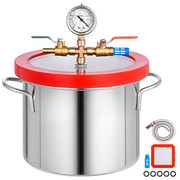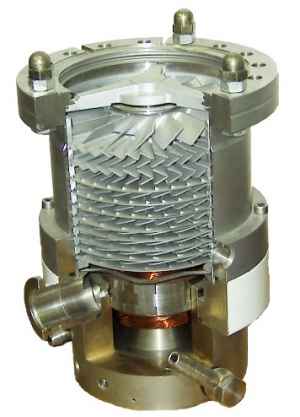- Joined
- Jul 28, 2017
- Messages
- 2,368
In your case the difference in force acting on the lid with an OK vacuum vs. a really good vacuum is small. If that vacuum chamber was designed to handle 28-29" of vacuum you should be alright. But if I was doing stuff like that I'd be inclined to make myself a plywood box to enclose it. Or at least put it behind a shield of some sort. Cheap insurance, eh?Done, I bought the Yellow jacket YJII. Thanks again for all your help.
As a complement I´m thinking in one of these vacuum chambers.
But working with vacuum, the risk of implosion scares me a bit. The transparent lid is made of acrylic. Has someone here experience with theses things? Are they safe?
Thank you
Something else to think about -- if that vacuum chamber is between your pump and experimental vacuum tube apparatus, if something goes wrong it can help keep junk from getting into your vacuum pump. I think it's a good idea in that regard.
I've seen descriptions of experimenters making their own diffusion pumps but it doesn't look like it's all that easy to make one that works very well compared to commercial versions.



